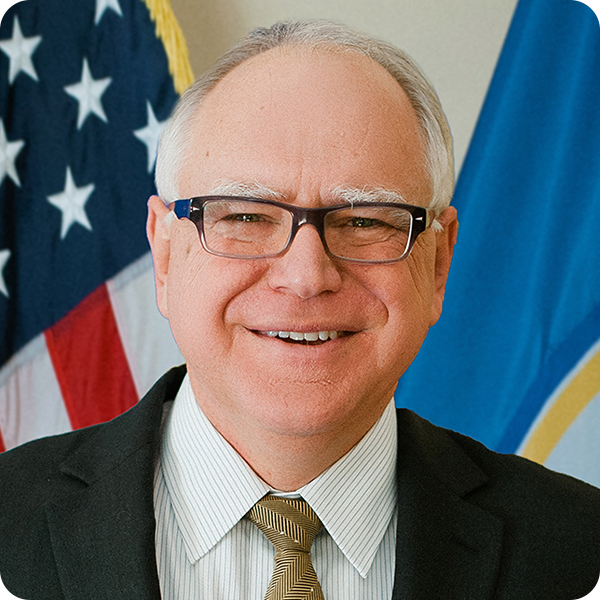
“A fairly large contingent” of the National Guard will be enlisted to help with a statewide long-term care worker shortage that is hampering hospitals’ ability to transfer people with COVID-19 patients to post-acute facilities, Minnesota Gov. Tim Walz (D) announced Friday at a press conference.
The soldiers will receive training to work in long-term care settings, he said.
To free up hospital capacity, the governor said he was:
- Putting the National Guard on alert to provide staffing support at Minnesota’s long-term care facilities;
- Expanding access to the COVID-19 Emergency Staffing Pool, which allows long-term care facilities to request short-term emergency temporary staffing if they’re experiencing a staffing shortage due to an outbreak of COVID-19 at their facility; and
- Directing the Department of Human Services to free up capacity at state long-term care facilities.
Almost 70% of the state’s nursing homes are limiting admissions primarily because of insufficient staff to meet residents’ needs, Care Providers of Minnesota President and CEO Patti Cullen told the McKnight’s Business Daily.
“This hold on admissions is creating backups in hospitals that impact the delivery of healthcare for everyone, as hospitals cannot discharge patients to appropriate post-acute or long-term care settings,” she said.“Minnesota is experiencing a crisis in caregiving, and it is affecting the entire healthcare continuum.”
Care Providers of Minnesota is the state affiliate of the American Health Care Association / National Center for Assisted Living.
Gayle Kvenvold, president and CEO of LeadingAge Minnesota, told the McKnight’s Business Daily that the group “applaud[s] the governor’s decision to augment staff in our care settings with the Minnesota National Guard. This emergency relief should help our exhausted workforce and address some of the growing scarcity of hospital beds with more timely discharges of those who no longer need hospital care.”
LeadingAge Minnesota is the state partner of the national LeadingAge association and also of Argentum.
“We know we need bold solutions for the short-term crisis as well as for the longer-term workforce challenge,” Kvenvold said. “In August alone, we experienced 1.5 times more resignations than hires in our settings; this is unsustainable if we are to ensure seniors receive the care they need in the communities they call home.”
Much still is unknown about the logistics of this possible deployment, she said, adding, “We have meetings this week with state agency personnel and will learn more.”
National LeadingAge president and CEO Katie Smith Sloan told the McKnight’s Business Daily that the workforce situation in Minnesota is not unique. She urged greater support from state and federal resources to address the needs of the long-term care workforce.
A spokesperson for Argentum told the McKnight’s Business Daily that the group “has forcefully made the case to the Biden administration and key congressional leaders that the 2 million senior living residents and their nearly 1 million caregivers have been left behind when it comes to receiving federal COVID relief, which is directly related to the workforce crisis we see at long-term care communities across the country.”More than 12,000 positions in Minnesota assisted living communities are unfilled, with almost a third of assisted living providers reporting that they are limiting census due to staffing levels, according to the recently released results of a survey conducted by the Long-Term Care Imperative, a collaboration of LeadingAge Minnesota and Care Providers of Minnesota.


